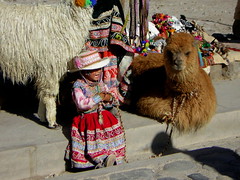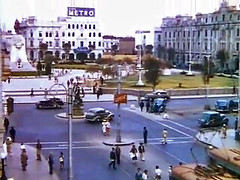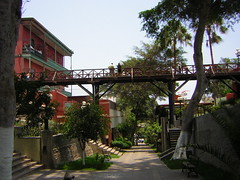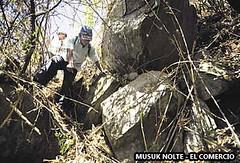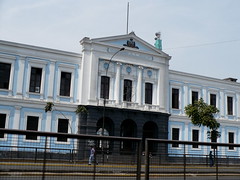Re-enactment in Ayacucho – The battle that liberated a continent
On the 10th of December of this year, 185 years passed since Peru won a battle that decisively ended any hope for a Spanish presence in South America. At 3,500 above sea level, on the field of battle of the Pampa de Quinua, thousands gathered to take part in a huge recreation in honour of this occasion.
Photos from El Comercio by Giancarlo Shibayama
Thousands showed up on Peru’s most famous historic battle field that was showered with the blood of patriots and colonialists in 1824.

Despite Peruvian independence being declared by San Martín three years earlier, Spanish troops still held territory in the south. Led by Antonio José de Sucre, Simón Bolívar’s lieutenant, the patriots finally defeated the Spanish and captured Viceroy José de la Serna, who signed the final capitulation whereby the Spaniards agreed to leave Peru forever. Where the battle took place now stands a 44m high obelisk in commemoration of the dead.
The Peruvian Army celebrates the occasion every year, but this time the event has been taken to whole new level with a huge re-creation.
The battle began around 11am. The Spanish, in their red uniforms, were positioned on the higher parts of the Condorcunca hill. The free army of Peru, in blue uniforms, found themselves on the lower pampa at the command of Antonio José de Sucre, Bolivar’s top general.
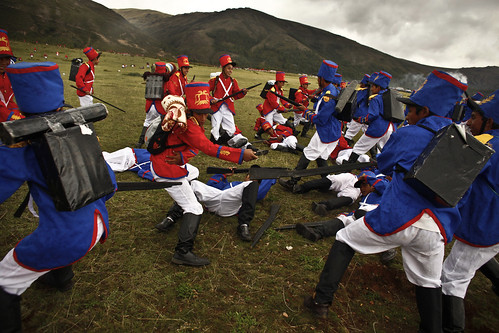
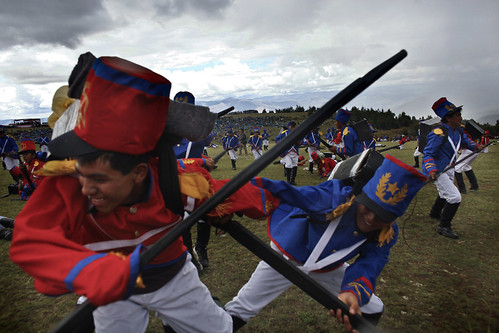
José de Sucre was played by the mayor of the city of Huamanga (Ayacucho) during the course of the hour of battle that demonstrated to both observers and participants what tactics were used to defeat the enemy.
The re-creation was so precise that even the strong sun and heavy rains that both came and went throughout the event couldn’t disrupted their concentration. As the recreation ended around mid-day, participants vowed to make next year’s event bigger and better.
And thus, a new tradition is born.
Tags: 1800s, ayacucho, battle, huamanga, independence, quinua, recreation, simon bolivar, spaniards, traditions




